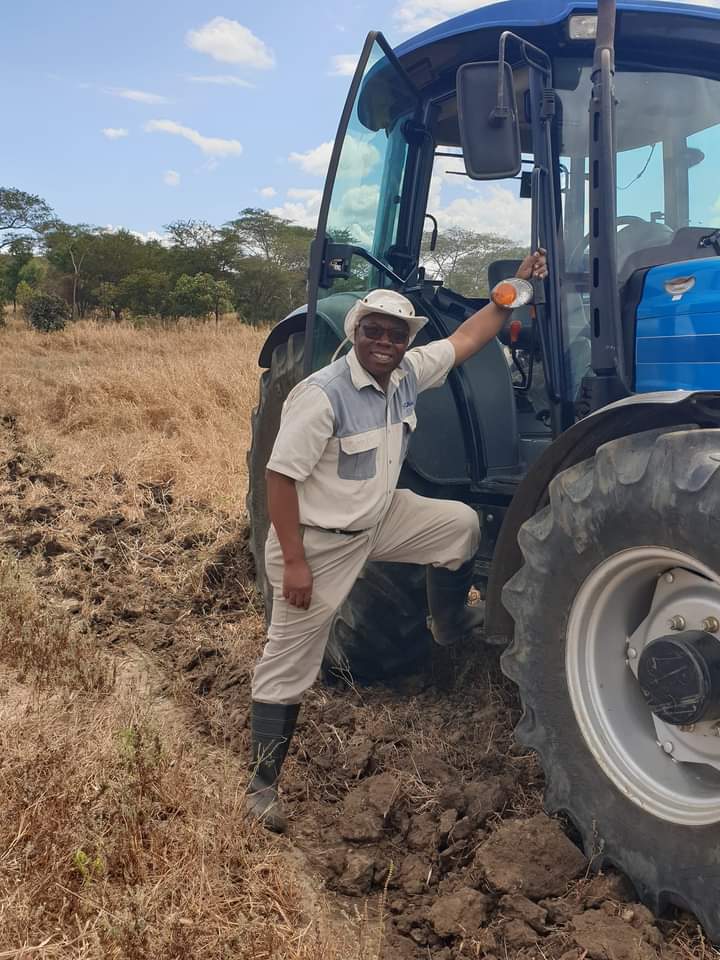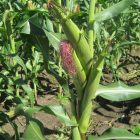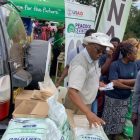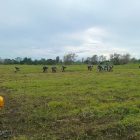Malawi is a landlocked country in southeast Africa, with a population of around 19.6 million people and an economy heavily dependent on agriculture. Malawi is bordered by Zambia, Tanzania, Mozambique, and Zimbabwe. The majority of Malawi’s farmers are smallholders who produce cash crops to sell at local markets or through small-scale cooperatives. These farmers use traditional methods such as manual labor (e.g., digging holes by hand) or rudimentary tools such as shovels or hoes that require lots of repetitive movements throughout the day. In areas where rainfall is unpredictable, there may not be enough water available for irrigation during peak crop growing season which makes it difficult for farmers to grow more than one crop per year.
Although Malawi is a landlocked country, it exports tobacco, tea, coffee, cashew nuts and sugarcane. The world’s average yield per acre is 3 tons per hectare (t/ha) while the average yield per hectare in Malawi is 2 t/ha. Farmers are not able to produce enough food for their families or earn enough money through agriculture alone because they lack access to machinery that can help them increase their productivity per unit area without increasing the amount of land farmed.
To meet this need for increased farm productivity per unit area without increasing the amount of land farmed (and thus reduce environmental impact), Malawi farmers must adopt mechanization as a farming practice. This includes affordable and appropriate mechanized tools such as tractors and other equipment and get training on how best utilize these tools.
Farm mechanization can help farms remain profitable while also protecting soil health, because it allows farmers to reduce their labor costs without compromising on yield. The farm mechanization solution that you choose will help you to reduce labor costs, increase profit margins and protect soil health while not compromising on yield. Farm mechanization can also increase crop yields and reduce time spent on farming tasks.
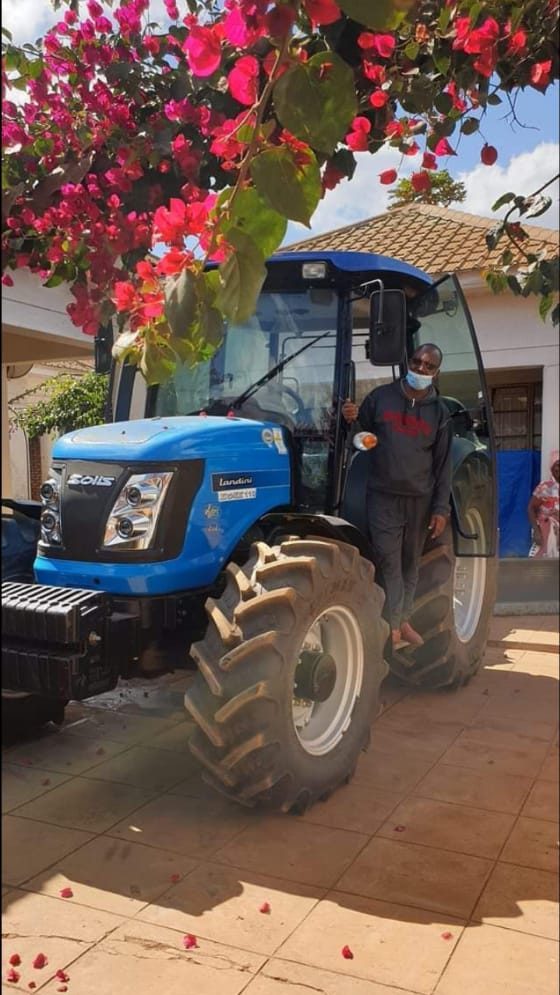
Agriculture in Malawi relies heavily on manual labor.
Like other countries in Sub-Saharan Africa, Malawi has a large amount of land that could be farmed but isn’t. In addition to this, there is a high level of unemployment and poverty (the unemployment rate is 7% and poverty at 51%) which further limits the availability of labor. Another issue facing Malawian farmers today is that their farms are not as productive as they could be due to labor shortages at key times during the year (i.e., when it’s time to sow crops or harvest them), especially during the rainy season when many people are away from home looking for food and shelter elsewhere. Malawi needs an agricultural solution that will work for its own unique circumstances—one where farmers can increase their farm productivity without increasing the amount of land farmed.
Mechanizing agriculture requires mechanizing each step of the farming process, not just one or two. If you want your farm to be mechanized, it is important that you look into mechanizing each step of the farming process. You will need to think about how to mechanize planting, harvesting and other tasks on your farm. You may find that some technology works beautifully in one area but not so well in another.
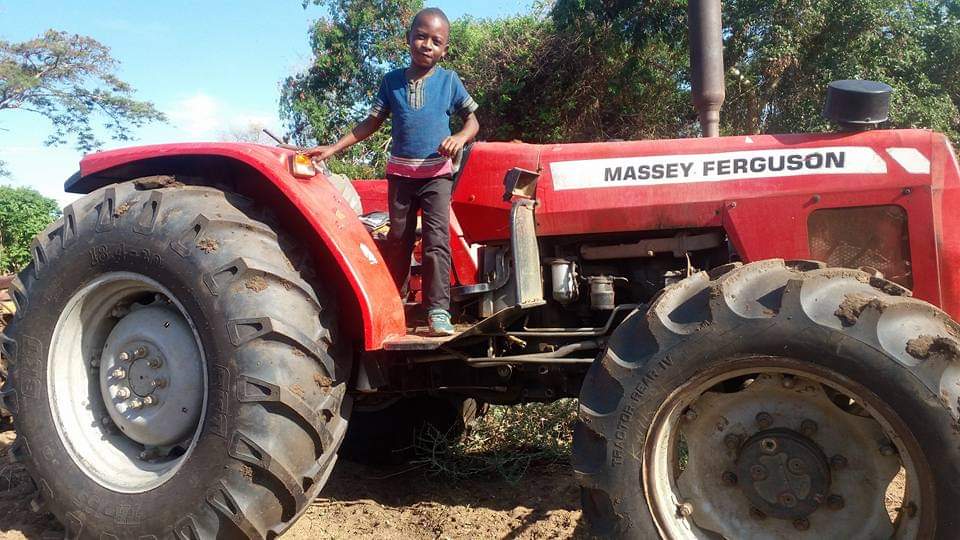
Farmers in Malawi plant and harvest crops at different times of the year than farmers in more temperate climates.
One of the most important things to understand about farming in Malawi is that it happens at different times than it does in other parts of the world. The rainy season starts around November and lasts until April, with a dry season from May to October. It’s during this time that farmers plant their crops, harvest them when they’re ripe, and prepare their fields for planting again during the next rainy season.
In areas with more temperate climates, you might have multiple growing seasons—spring and summer will allow you to plant crops while fall provides time for harvesting and putting away food stores before winter sets in. However, even if you are growing your own food at home (as many people do), it doesn’t necessarily follow that there will be enough space or sunlight available during all four seasons depending on where you live; therefore you may have only one major opportunity each year when everything ripens together nicely before being harvested at once!
In Malawi, the economy is primarily agricultural.
The main exports are tobacco and tea, with coffee and sugarcane also being major crops. A Farm mechanization solution that works for commercial farmers in the United States will not necessarily work for farmers in Malawi. To be effective, the farm mechanization solution you choose must be suited to your specific needs and circumstances. The United States is a developed country with established infrastructure, laws, and farming practices. In Malawi (and many other developing countries), these things are not as clear-cut as they are in America. For example:
- Soil types differ between the two countries
- Weather conditions differ between the two countries
- Labor laws differ between the two countries (e.g., minimum wage requirements)
- Farming practices differ between the two countries (e.g., hand vs machine harvesting)
Farm mechanization solution in Malawi is growing, with many entrepreneurs working to meet the needs of farmers. Many companies are now developing new technology that can help make farming more efficient while also protecting produce and soil health, but they need to be aware of local conditions and needs when designing these systems.

